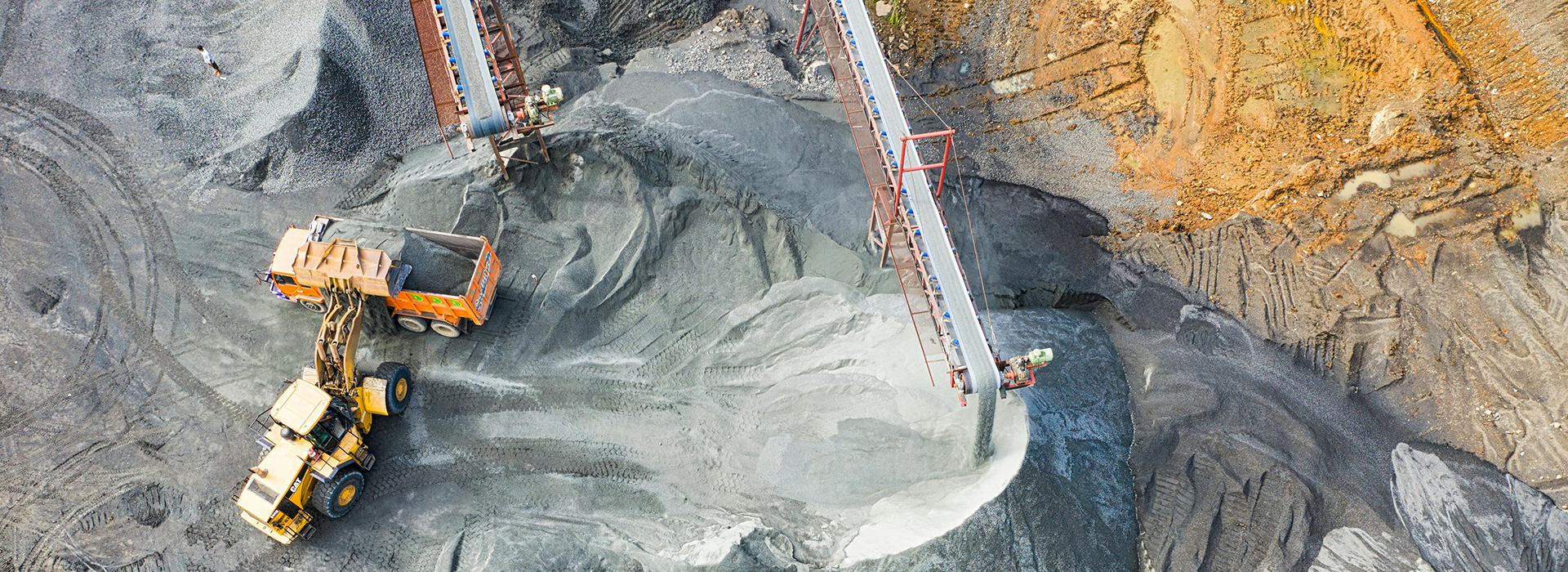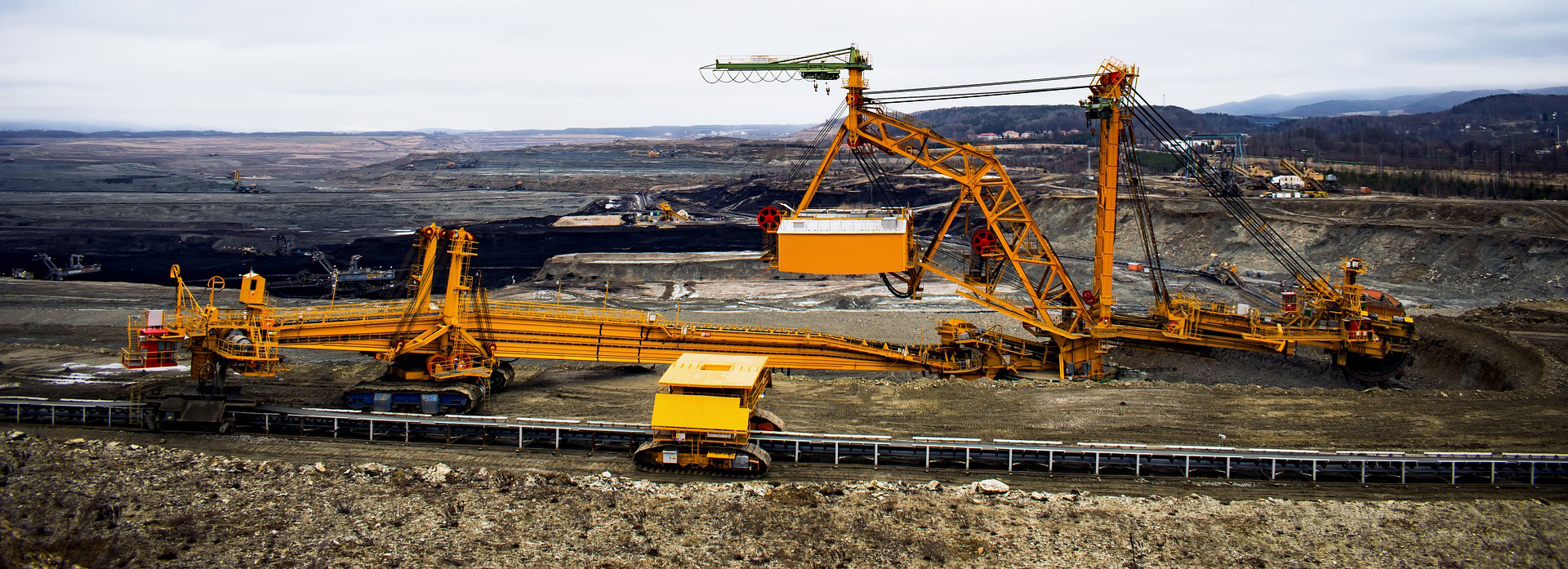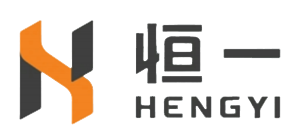
Choosing the Right Conveyor Belt Idler
2025-10-09 16:47You need to consider several criteria when choosing the best conveyor belt idler for your application. Start by checking technical specifications. Look for details like roller diameter, bearing type, seal type, and load ratings. Make sure your choice meets industry compliance requirements, such as CEMA for general use, MSHA for mining, or FDA for food processing.
Performance metrics matter as well. You should evaluate L10 bearing life, rotational resistance, and impact resistance. Cost-efficiency factors, such as energy consumption and maintenance costs, can affect your long-term budget. Quality assurance is another key point. Choose suppliers with strong quality control, material traceability, and thorough testing protocols.
Criteria | Description |
|---|---|
Technical Specifications | Adherence to standards like CEMA, including idler type, roller diameter, bearing type, seal type, and load ratings. |
Industry Compliance Requirements | Compliance with industry standards such as MSHA for mining or FDA for food sectors. |
Performance Metrics | Evaluation based on metrics like L10 Bearing Life, rotational resistance, and impact resistance rating. |
Cost-Efficiency Factors | Consideration of total cost of ownership, including energy consumption and maintenance costs. |
Quality Assurance Considerations | Importance of suppliers with robust QA processes, including material traceability and testing protocols. |
Integration Capabilities | Ensuring compatibility with existing conveyor structures and potential customization options. |
After-Sales Support Evaluation | Assessment of supplier's technical support, warranty terms, and availability of spare parts. |
You should also check integration capabilities. Make sure the idler fits your existing conveyor structure and allows for customization if needed. After-sales support is important. Reliable suppliers offer technical support, clear warranty terms, and easy access to spare parts.
Liaoning Hengyi stands out as a trusted expert in conveyor solutions. You can find a wide range of idler types, including troughing, impact, return, and specialized idlers. Their products meet strict quality standards and offer excellent after-sales support. You benefit from their experience and commitment to customer satisfaction.
Fixed vs. Adjustable Idlers
You will encounter both fixed and adjustable idlers in conveyor systems. Fixed idlers have a set position and work well in applications where the belt path stays constant. These idlers provide stability and require less maintenance. Adjustable idlers allow you to change the angle or position to suit different materials or belt conditions. You use adjustable idlers when you need flexibility, such as during system upgrades or when handling a variety of materials.
· Fixed Idlers: Offer consistent support and require minimal adjustment. Best for stable, long-term operations.
· Adjustable Idlers: Provide flexibility for changing belt conditions or material types. Useful for systems that need frequent adjustments.
Note: Choose adjustable idlers if your conveyor system handles different materials or if you expect changes in operating conditions. Fixed idlers work best for steady, predictable operations.
Selecting the right conveyor belt idler involves careful comparison, attention to technical details, and consideration of your system’s needs. Liaoning Hengyi offers expert guidance and a comprehensive product range to help you make the best choice.
Quality and Durability
Bearing Quality
You should always pay close attention to bearing quality when selecting a conveyor belt idler. Bearings play a key role in how smoothly your conveyor runs and how long it lasts. If you choose high-quality bearings, you reduce friction and extend the service life of your equipment. Many manufacturers use low-cost bearings that do not meet technical standards. These can lead to early failures and costly repairs. You can avoid these problems by choosing bearings from trusted brands like SKF, FAG, or NSK. These brands offer high precision and reliability.
· Proper selection of lubricating grease prevents bearing damage.
· The choice of grease directly impacts the longevity and performance of Conveyor Belt Idlers.
· The service life of Conveyor Belt Idlers depends on bearing and sealing performance.
· Friction resistance from bearings makes up a significant part of total rotation resistance.
· Common bearing models include 6204KA, 6205KA, 6305KA, and 6306KA.
· The MT821-2006 coal industry standard requires 3# lithium-based grease for Conveyor Belt Idlers.
· Non-compliance with this standard can cause Conveyor Belt Idler damage within hours.
· For low temperatures, you need specialized aviation grease.
You should always check that your bearings meet industry standards. This step helps you avoid unexpected breakdowns and keeps your system running efficiently.

Seal Structure
Seal structure is another important factor in conveyor belt idler durability. Seals protect the bearings from dust, moisture, and other contaminants. If contaminants enter the bearing, you may see premature wear and increased maintenance needs. You should look for seals made from high-quality materials like rubber, polyurethane, or nylon. These materials fit snugly and keep out harmful particles.
· The construction of the roller and seal design prevents contaminants and moisture from entering the bearings.
· Seals made from quality materials protect roller components from dust and moisture.
· Sealed bearings help reduce premature wear.
· Proper sealing minimizes corrosion and wear by keeping moisture and dust out.
You can extend the lifespan of your conveyor system by choosing Conveyor Belt Idlers with effective seal structures. This choice reduces maintenance and keeps your operation running smoothly.
Manufacturing Standards
Manufacturing standards ensure that every conveyor belt idler meets strict quality requirements. You should always check for compliance with industry standards like CEMA or MT821-2006. These standards cover everything from bearing selection to grease type and seal design. If a manufacturer follows these standards, you can trust their products to perform reliably.
· Industry standards require specific grease types and bearing models.
· Compliance with standards prevents early failures and ensures long-term performance.
· High-quality manufacturing includes thorough testing and material traceability.
You should choose suppliers who follow recognized standards and use quality materials. This step helps you get durable, reliable conveyor belt idlers that support your system for years.
Material and Build Quality
When you select conveyor belt idlers, you must pay close attention to the materials and build quality. The right choices here can make a big difference in how long your system runs without problems. Manufacturers use a variety of materials for idler rollers, including steel, ceramic, nylon, and rubber. Each material offers unique benefits for specific operating conditions.
Steel idlers provide strong support and resist deformation under heavy loads. You often see these in mining and bulk handling applications. Ceramic idlers excel in environments with high abrasion or chemical exposure. Nylon idlers work well where you need low friction and quiet operation. Rubber-coated idlers help reduce noise and absorb impact, which protects both the belt and the frame.
Tip: Always match the idler material to your system’s environment and the type of material you transport. This step helps you avoid early wear and costly downtime.
Build quality matters just as much as material selection. You should look for Conveyor Belt Idlers with precision-machined components and tight tolerances. High-quality welding and assembly prevent weak points that could fail under stress. Manufacturers who use automated production lines and strict quality control produce idlers that last longer and perform better.
The expected service life of quality Conveyor Belt Idler bearings is typically around 50,000 hours, which means you can expect about 5 to 7 years of reliable operation. Factors such as environmental conditions, belt speed, and cleanliness can influence this lifespan. If you maintain your system well, using proper seals and lubricating correctly, you can extend the life of your Conveyor Belt Idlers even further.
Here is a quick comparison of common Conveyor Belt Idler materials:
Material | Strength | Abrasion Resistance | Noise Level | Corrosion Resistance | Typical Use Cases |
|---|---|---|---|---|---|
Steel | High | Moderate | Moderate | Low | Mining, heavy loads |
Ceramic | High | High | Low | High | Chemical, abrasive sites |
Nylon | Moderate | Moderate | Low | High | Food, packaging |
Rubber-coated | Moderate | High | Low | Moderate | Impact zones, quiet areas |
You should also consider the finish and surface treatment of the idler. Galvanized or powder-coated surfaces resist rust and corrosion, which is important for outdoor or humid environments. Smooth finishes reduce friction and help keep the belt clean.
If you want your conveyor system to run efficiently for years, invest in idlers made from robust materials and built to high standards. You will see fewer breakdowns, lower maintenance costs, and better overall performance.
Note: Quality materials and precise manufacturing are the foundation of a reliable conveyor system. Make sure you choose idlers that meet your operational demands and environmental challenges.
